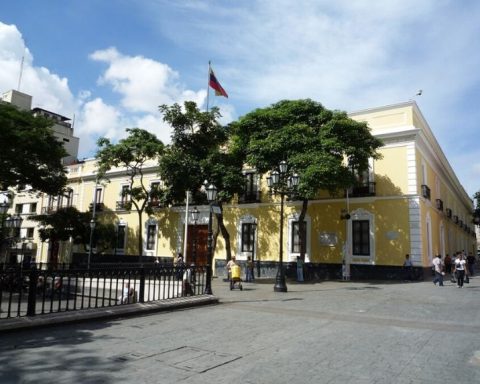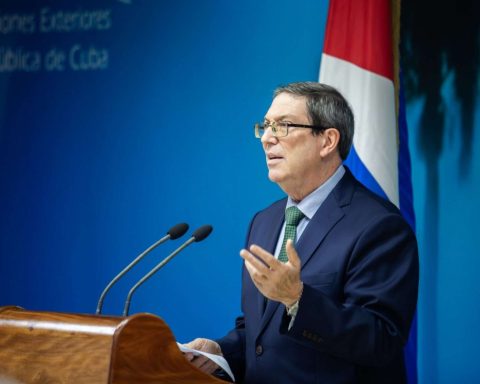Inaesin reported that 36.08% of the 97 labor protests registered in May are from the education sector to demand better demands. Most of them are people who work in public administration
The Institute of Higher Trade Union Studies (inaesin), through the Labor Conflict and Trade Union Management Observatory, reported that during the month of May there were 97 labor protests; 31% more than those evidenced in April, when 74 were registered.
According to Inaesin, in May the claims carried out by representatives of the health sector dropped to third place, accumulating 19.54% of the protests; being surpassed by teachers (36.08%) and other union sectors that acted jointly (24.74%).
The main reason why people came out to protest was the demand for better wages, averaging 71.88% of the global labor conflicts in May; while 9.38% were due to demands for better working conditions; 8.33% for complaints related to workplace harassment and 4.17% of the reasons are aimed at breaching collective agreements.
The data handled by Inaesin regarding who protested reflects that 94.84% correspond to people who work in the public sector; while the unions had a participation of 47.23% in street actions.
*Read also: Inaesin counted 74 labor protests in April, the majority of public workers
Through complaints, 66.67% of the workers’ discontent was channeled, while 15.62% was under the figure of marches and 9.38% concentrations.
The Bolívar state was where there were the most labor protests, accounting for 23.96% of the total conflicts, followed by the Capital District with 21.88% and Aragua with 10.42%.
This balance presented by INAESIN was recorded in the same month in which President Nicolás Maduro increased the food allowance of approximately 40 dollars —which in the end translated into 1,000 bolivars in the Official Gazette and readjustable when the Executive considers— and that of “economic war”, equivalent to 30 dollars.
Despite the adjustments, the protests continue because the bonuses do not fall within the value of the minimum wage, which was not touched and remains at 130 bolivars per month.
Post Views: 53












